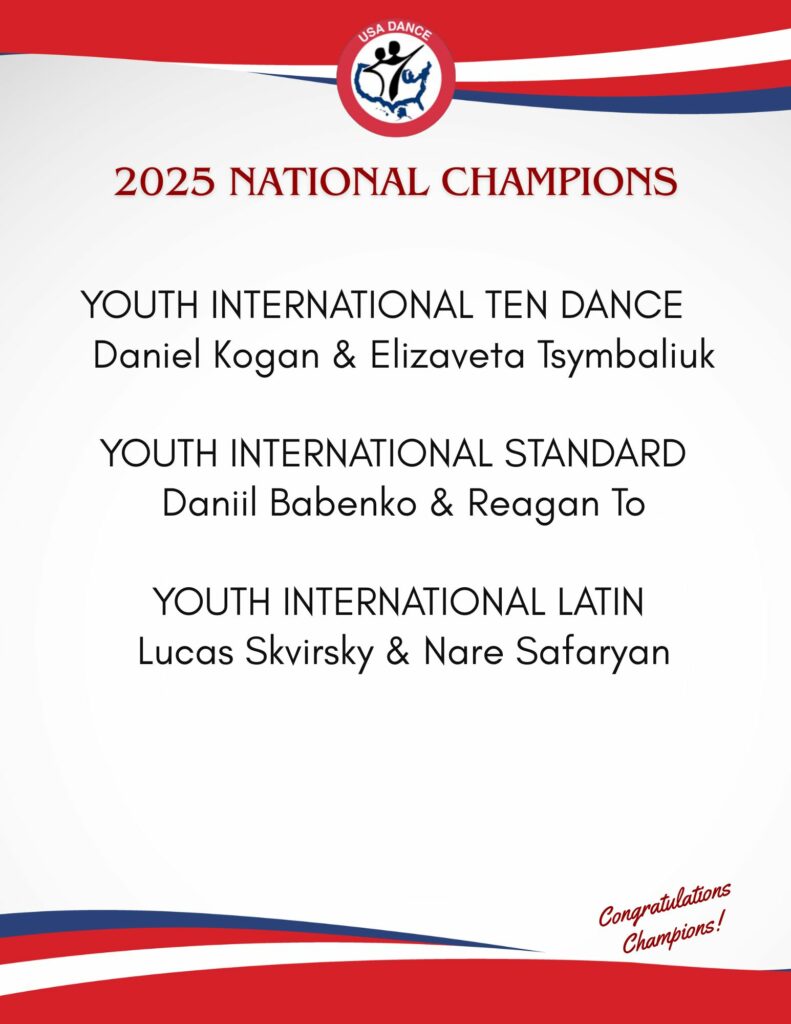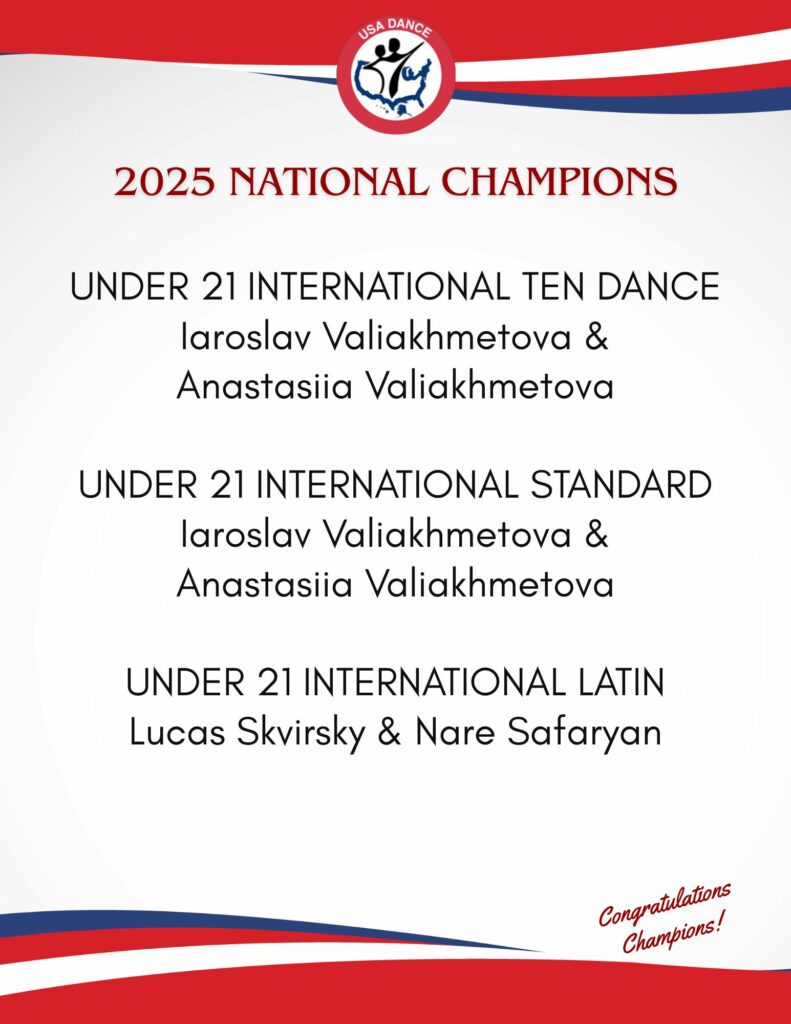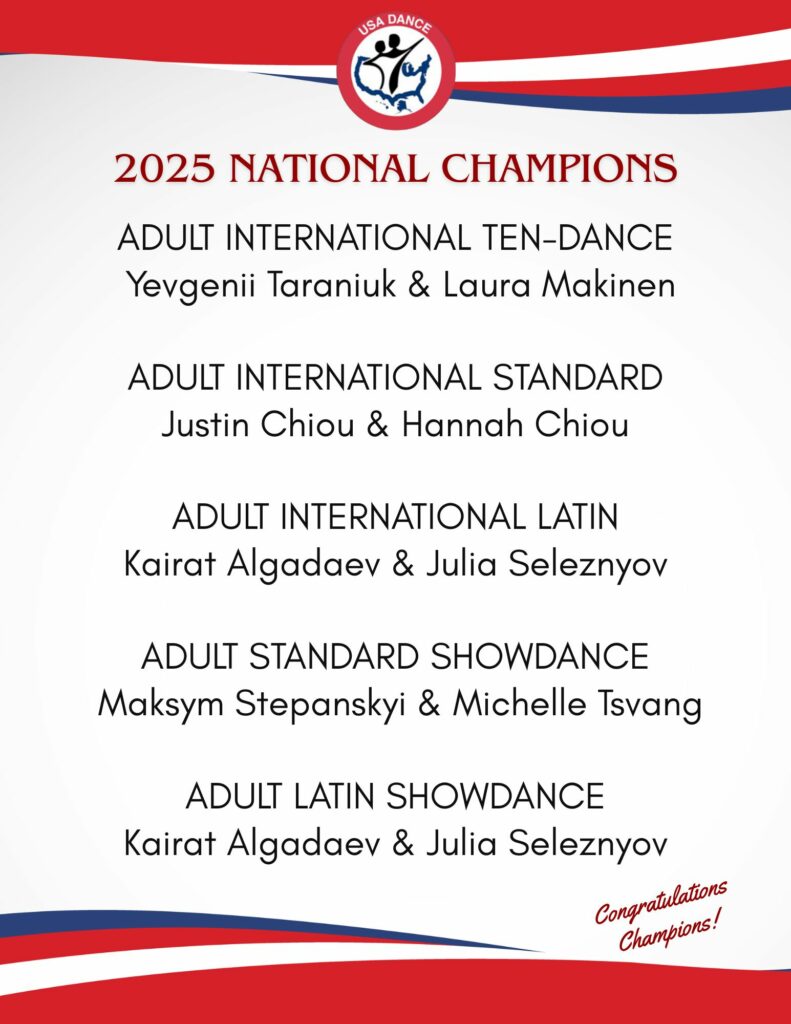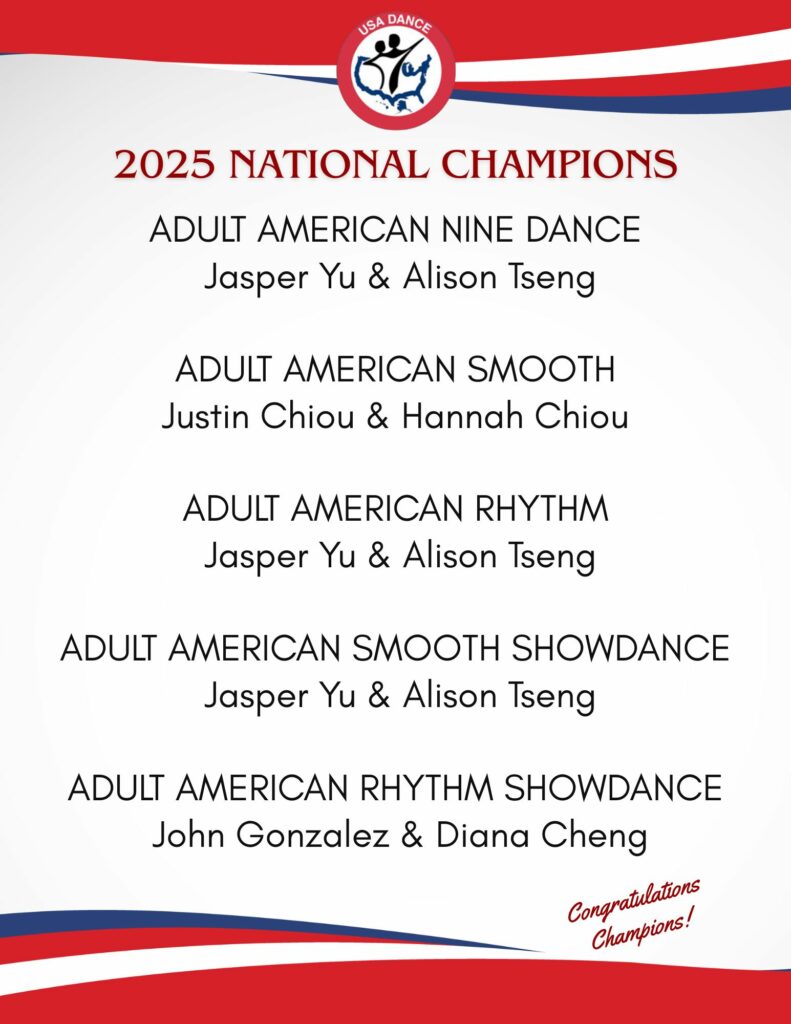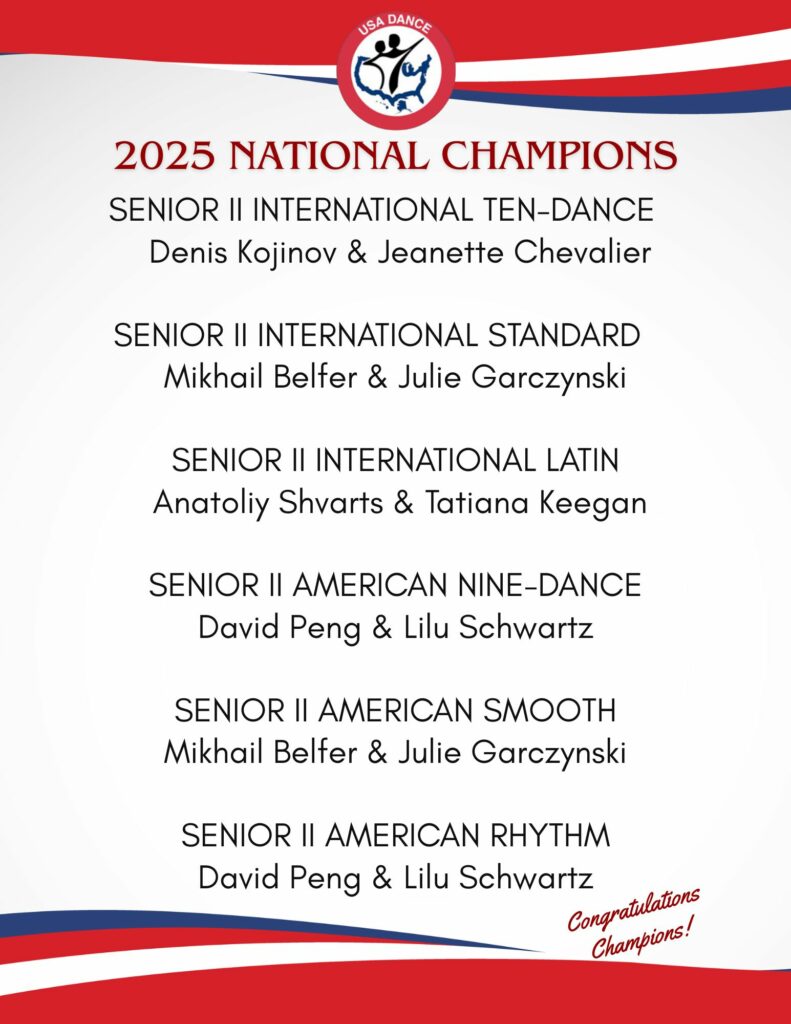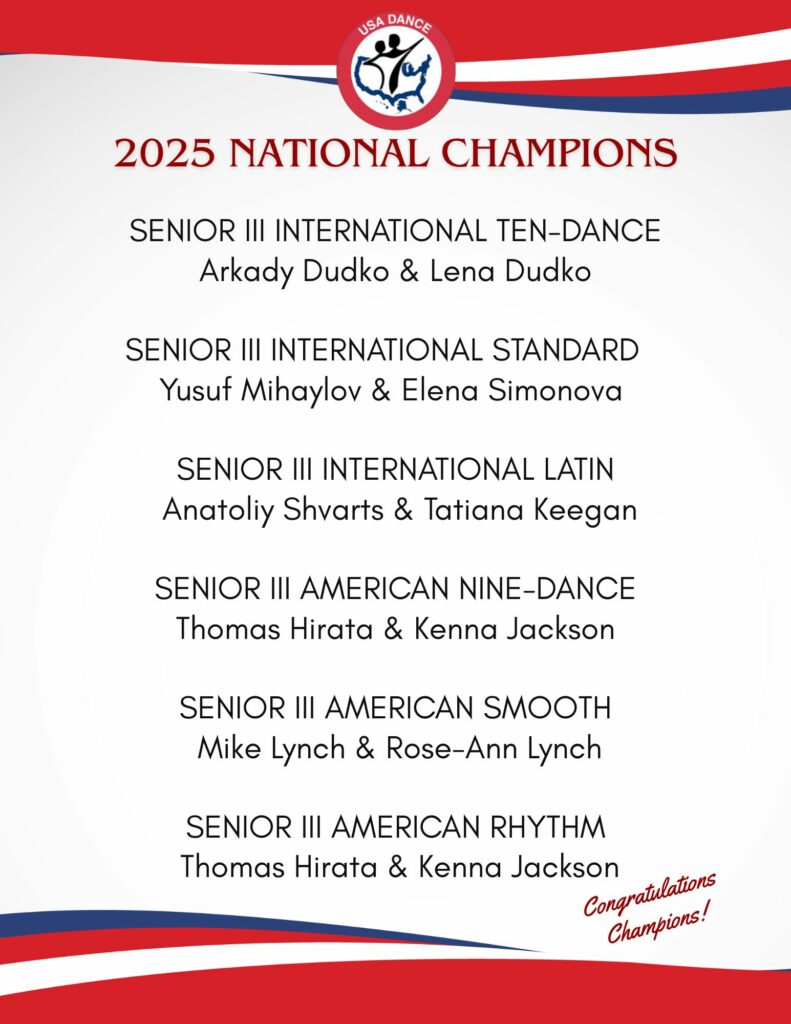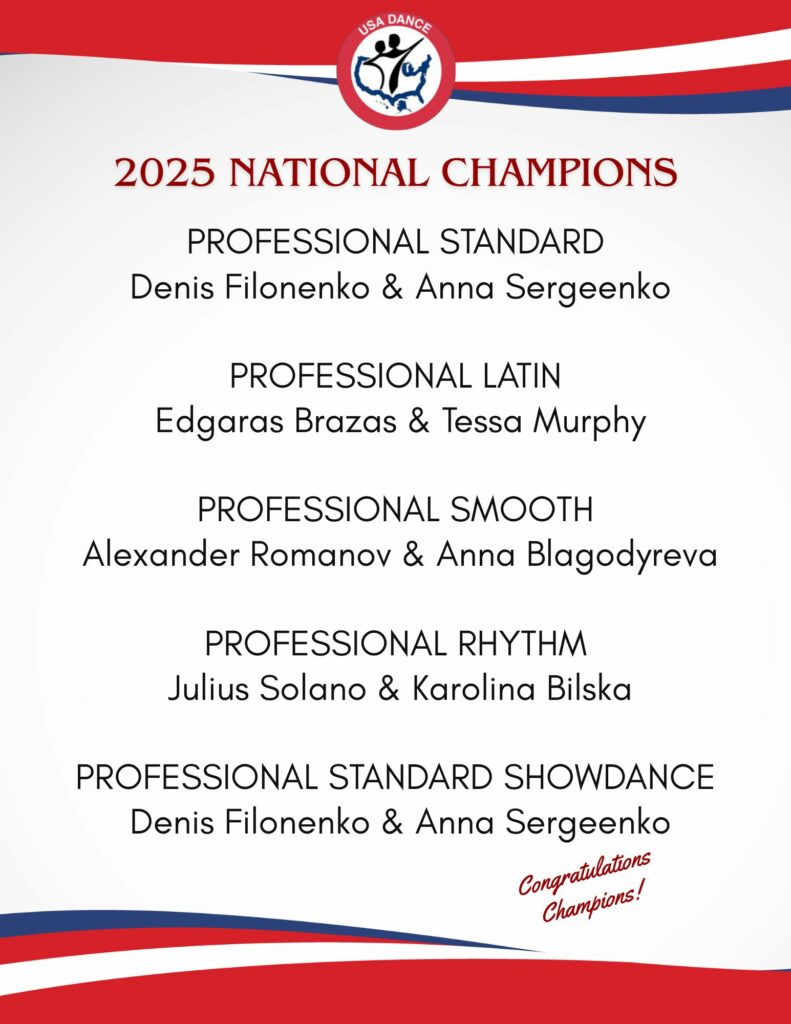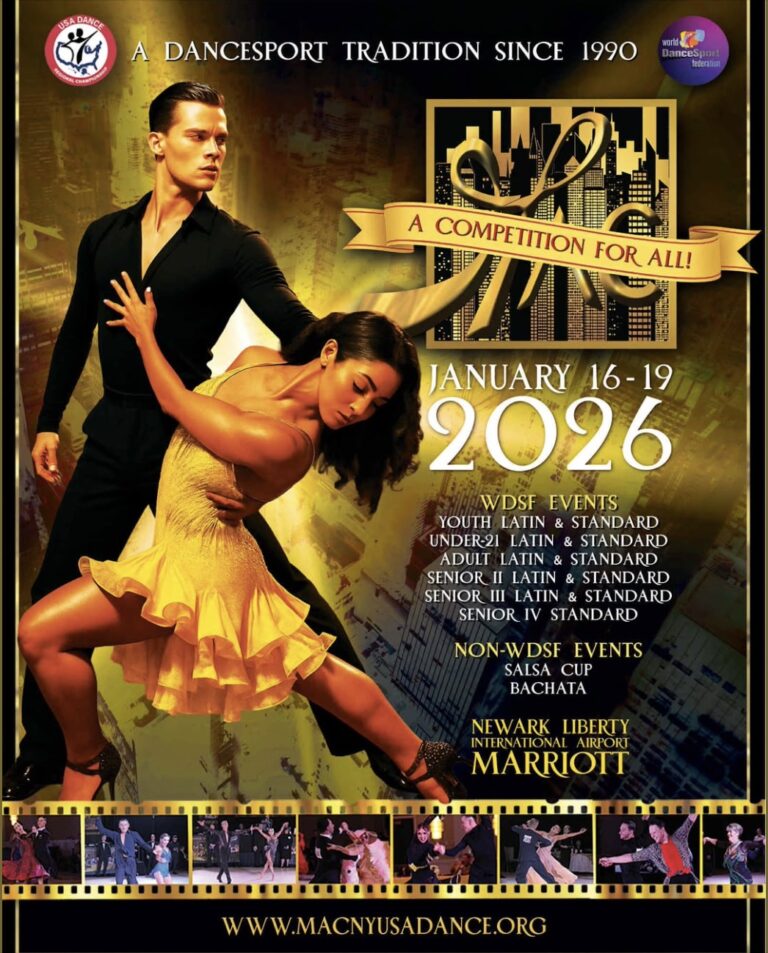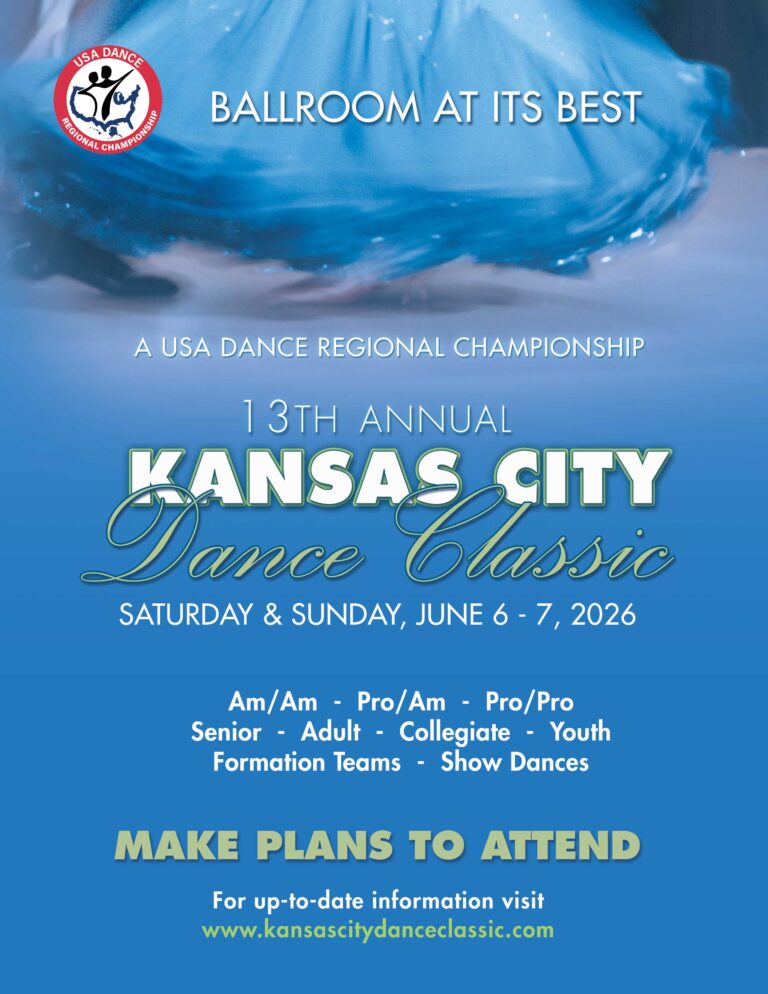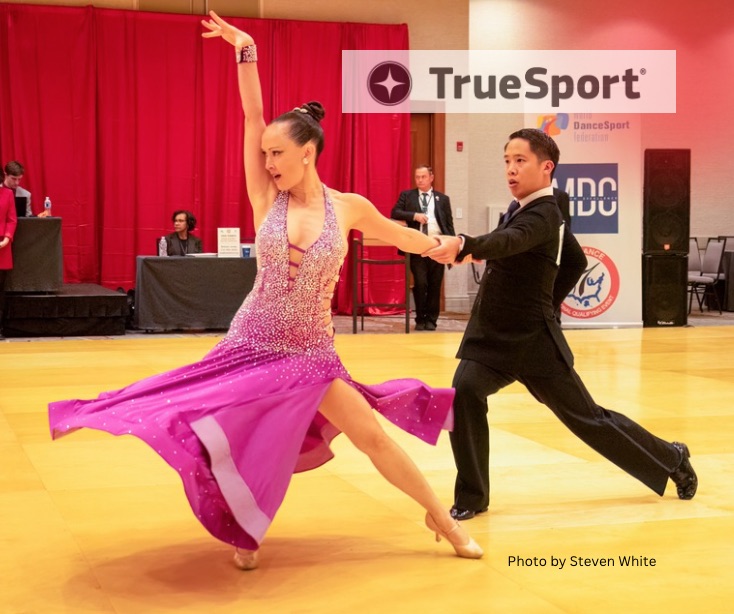Editor’s note: Dr. Stone wrote this article for runners, but it is equally beneficial for dancers. So here it is! For full videos of these exercises, check out Dr. Stone’s blog.
Running is one of the most popular physical activities in the world—and for good reason. It is an effective way to improve physical fitness, which is strongly associated with longevity. So, run longer, live longer, right? Well, it might not be so simple. Runners, unfortunately, often face injuries that can leave them sidelined, unable to participate in daily activities, and even depressed. Today we will share with you the benefits of cross-training, which can help reduce your risk of running injury.
So what is cross-training?
Eighty percent of all running injuries are due to overuse, resulting from a mismatch between the resilience of one’s tissues and the requirements of running. Simply put, overuse injuries occur when you are running too far or too frequently than your tissues can handle. These overuse injuries can be reduced with the implementation of cross-training.
Cross-training is the inclusion of alternative sports or activities to benefit your primary sport. For primary runners, this may include weightlifting, swimming, biking, yoga, or even a sport such as soccer, basketball, or baseball.
For runners, not all cross-training is created equal. Running athletes move primarily in the sagittal plane of movement: moving forward and backward in a straight line. This equates to strong, trained muscles that move primarily in that plane—including the quadriceps, hamstrings, calves, and gluteus maximus. In choosing a cross-training option for runners, we want to think outside the box—which means outside of the sagittal plane. This will allow the development of muscles that assist in running but are not primary movers. It also gives our primary running muscles time to rest and recover, while not compromising fitness goals.
It’s true that this advice goes against the “Specificity Principle,” which is a hallmark of many training programs. The Specificity Principle defines the idea that the body will respond and adapt to forces specific to the activity performed. For example, someone who runs consistently can expect to get better at running through anatomical and biophysical adaptations. In rehabilitation, we incorporate the Specificity Principle every day. If a patient comes in for an initial evaluation with a primary complaint of walking down stairs, for example, we will focus our program on exercises that best prepare their affected joints to perform the tasks required for stair descent.
With cross-training for runners, however, we want to move away from specificity training for a number of reasons. The first is the high risk of injuries we see in runners. Running injuries currently occur in between 19%-92% of runners. Although runners face many risk factors that we cannot control (including gender, previous injury, running experience, and age), we can control—and positively reduce—our risk of injury while running. This is done by managing the controllable risk factors. Modifiable risk factors for runners include variables such as distance run per week, shoe wear, and running surface selection.(1)
Exercises
Below you will see a few exercises designed by the StoneFit Rehab Team for our runners. These exercises are the essentials in reducing your risk of injury through cross-training. We have provided videos and rationale for each so that you understand both the how and the why. If you have questions or pain with any of these exercises, our rehabilitation team can develop a tailored program to address your specific needs, and enable you to achieve your personal physical goals. Videos demonstrating the movements below are all available at @stoneclinic on Instagram.
Standing Fire Hydrant
This exercise targets two key components for running. First, it works to strengthen the gluteus medius, one of our key glute abductors. A strong gluteus medius will improve your stability and control in a single-leg stance. Weakness of the gluteus medius muscle has been associated with higher risk for patellar tendon dysfunction, one of the most common knee-related injuries associated with running. Secondly, this exercise improves your strength and stability in a single-leg stance. Since running is performed entirely in a single-leg stance, making sure you are strong and stable here is key.
Performance Instructions:
- Begin by placing a TheraBand around your thighs, above your knees. You can also perform this without a TheraBand for less resistance.
- Bend your right knee and find your balance on your left foot.
- Perform the movement by driving your right knee out to the side and then return to the starting position. Avoid the right knee shifting forward, which will over-recruit your hip flexors.
Single-Leg Dead Lift
This is another great single-leg stability exercise that also incorporates some important hamstring strength and control.
Performance Instructions:
- Begin by standing on your right foot.
- With your knee just slightly bent, bend from your hips to lower your upper body towards the floor.
- Next, squeeze your glute and return to the standing position. Repeat 10 times.
- You can increase this challenge by using a dumbbell or kettlebell for added resistance.
Lateral Lunge
This exercise is a great option for strengthening and training the quadricep in movement patterns beyond the sagittal plane maintained during running.
Performance Instructions:
- Begin by stepping out towards the right.
- Bend into that knee, driving your hips behind you.
- Return to standing and repeat in the other direction. Repeat 10-15 times each way. You can make this more challenging by adding dumbbells.
- Pics/video of exercise movement to follow
Walking Calf Raises
This exercise strengthens the gastroc and soleus muscles that make up the calf. Weakness of the calf musculature has been linked to Achilles dysfunction, one of the most common overuse injuries inhibiting runners. This can also be used as an effective warm-up exercise to ensure over-exertion does not occur during a run.
Performance Instructions:
- Step forward onto one leg
- While maintaining a single leg stance, raise onto your toes in a controlled manner.
- Repeat on the other leg.
- Repeat for 20 steps. You can progress this to include a hop on each leg as your raise onto your toes.
Side Steps
This is another great exercise for the gluteus medius muscle, and will help ensure a strong and stable lateral hip.
Performance Instructions:
- Place a looped resistance band around your ankle.
- Bend your knees slightly and begin stepping lateral with your right leg. Follow with a controlled movement of your left leg.
- Step 10 times to the right, then return to the starting position leading with your left leg. Repeat 3 times.
- To make this more challenging, try to perform this with the band around your mid foot rather than your ankle.
Monster Walks
This is a great exercise to improve your hip stability with both forward and backward movements.
Performance Instructions:
- Start with a looped TheraBand placed around your ankles.
- Step forward and laterally with your right foot. In a controlled manner, let your left leg tap near your right foot before stepping laterally and forward with your left leg.
- Repeat forward for 10 steps, then reverse the movement to move backwards for 10 steps. Repeat 3 times.
 Kevin R. Stone, MD
Kevin R. Stone, MD
Dr. Kevin R. Stone is a pioneer of advanced orthopaedic surgical and rehabilitation techniques to repair, regenerate, and replace damaged cartilage and ligaments.
He is an orthopaedic surgeon at The Stone Clinic and also the chairman of the Stone Research Foundation. He lectures around the world as an expert in cartilage and meniscal growth, replacement, and repair and holds over 40 U.S. patents on novel inventions to improve healthcare.
Dr. Stone uses anabolic therapy and other biologic techniques to work to preserve the natural biology of a joint, helping people avoid or delay an artificial joint replacement.
At The Robotic Joint Center, Dr. Stone uses advanced robotic-assisted surgery techniques to ensure that partial and total knee replacements result in precise alignment and a more natural feeling knee
Dr. Stone was trained at Harvard University in internal medicine and orthopaedic surgery and at Stanford University in general surgery. His fellowship was in research at the Hospital for Special Surgery and in knee surgery in Lake Tahoe. Dr. Stone is consistently listed as one of the country’s top 25 Ambulatory Surgery Center (ASC) leaders and ranks amongst the country’s top 75 knee surgeons.
Editor’s Note: Read about one of our National Champions’ experiences with a knee replacement by Dr. Stone at the Stone Clinic. Senior III Smooth and Standard Dancer Mike Lynch talks about his injury, research, procedure, therapy, and progress. Mike also provides a checklist to help you if you travel for surgery.1
Dr. Stone is a physician for Smuin Ballet and has served as a physician for the U.S. Ski Team, the U.S. Pro Ski Tour, the Honda Ski Tour, the Jeep 48 Straight Tour, the Old Blues Rugby Club, Lawrence Pech Dance Company, Marin Ballet, the modern pentathlon at the U.S. Olympic Festival, the United States Olympic Training Center, and for the World Pro Ski Tour. He’s been featured on Good Morning America, the Ologies podcast, and Star Talk podcast hosted by Neal deGrasse Tyson. He is the best-selling author of the book Play Forever. He also served as a columnist for the San Francisco Examiner and writes a weekly blog at www.stoneclinic.com/blog.
Dr. Stone enjoys skiing, windsurfing, and biking.
This article was reprinted with the express permission of Dr. Kevin Stone, MD and The Stone Clinic. To see or sign up for The Stone Clinic’s Blog, Click Here!



